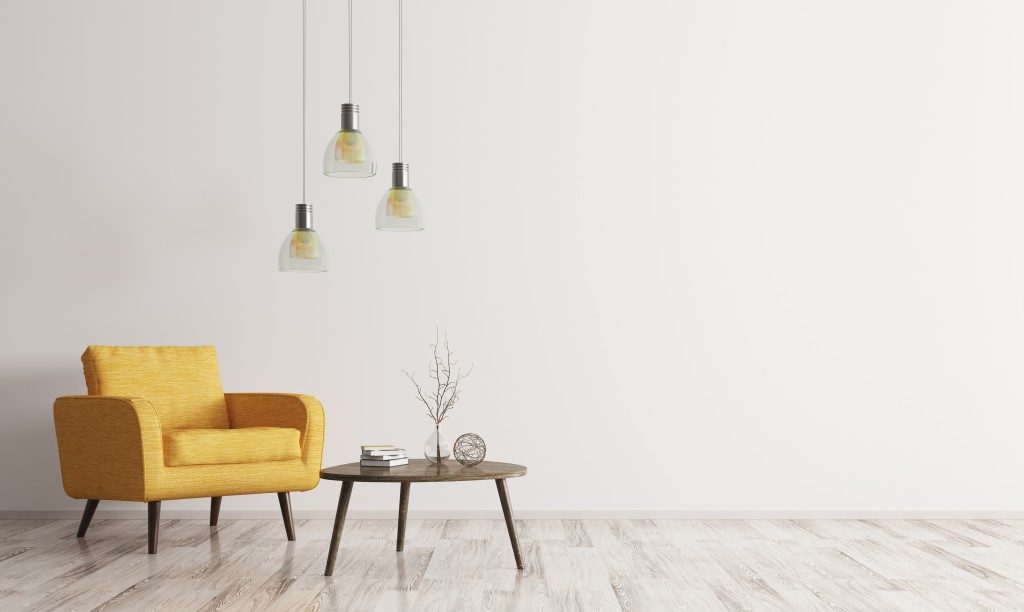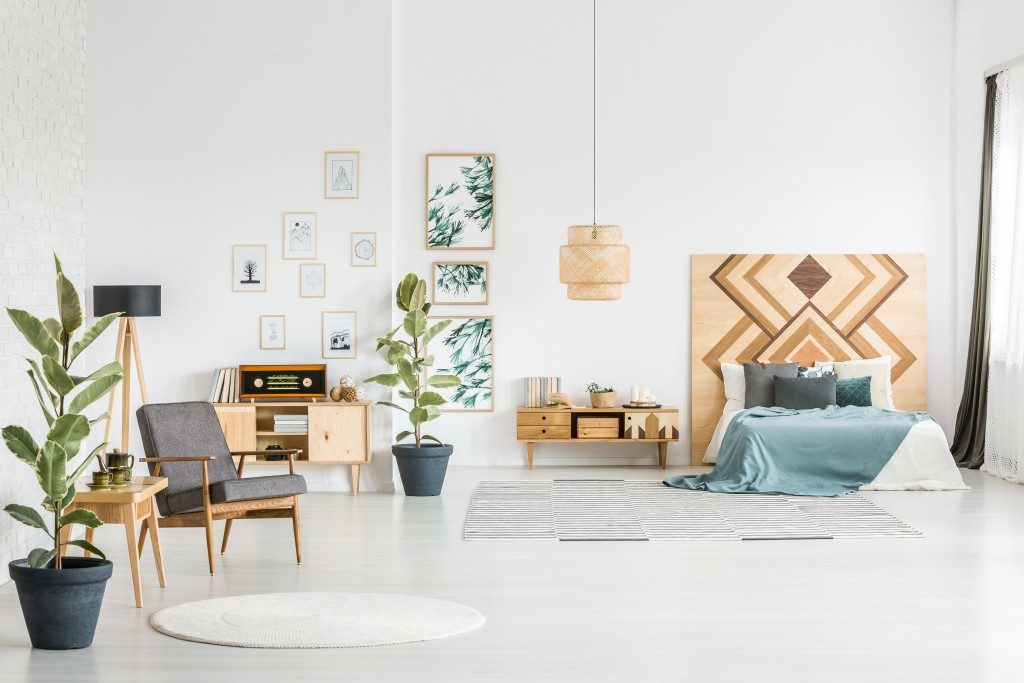Given the fast-paced, never-sleeping lifestyle of modern society, more people are becoming conscious of self-care. It’s not just affecting their life priorities and schedules but their homes as well. Before the goal was to have a comfortable space. Today, it’s a self-care sanctuary. If you want to join this movement and experience stress relief as soon as you step into your foyer, follow these tips:
Create corners for relaxing and recharging
Some people say that their bedroom already serves this purpose. However, does it really? Are you ever able to take your mind off e-mails to send and errands to do when you’re at your bedroom? Just because a room is for sleeping doesn’t automatically mean that they keep you relaxed. The key to creating corners perfect for relaxing and recharging is design elements that appeal to your senses because that’s what will put your mind at peace. This includes indoor plants that help cleanse the air, essential oils that relieve stress with pleasant aromas, or lighting that creates drama in the space. Beyond details that appeal to the senses, relaxation areas should feature things that you love. For instance, if you enjoy reading, create a cosy nook near your sliding glass patio where can take advantage of the garden views.
Get rid of the clutter and simplify stuff

Clutter is the number one enemy of a self-care sanctuary. It distracts you, keeps you from recharging, and reminds you of the errands that you haven’t yet accomplished. Plus, it makes your space cramped, obscuring the aesthetics of your interior design. Thus, keep the clutter away. This doesn’t just refer to kids’ toys scattered on the floor or the piles of plates dumped in the sink. This also applies to visual clutter. Too many patterns on the wall, for instance, make it harder for people to appreciate the design precisely because they don’t have a place to rest their eyes while trying to make sense of the space. That’s why when creating a self-care sanctuary, remember that less is more. Except for a corner for your wall art, keep the rest of the walls bare. Consider space-saving furniture and fixtures, too, like sofas that serve as storage areas or cavity sliding doors—these free up more floor space, giving the illusion of a clutter-free zone.
Add what makes you happy
Your self-care sanctuary isn’t just a relaxing space. It’s supposed to be a space that you enjoy. Thus, fill up your house with things that trigger happiness. Go for pieces that have a rich history, like those given by your friends and family and those you see at thrift stores. Equally important here is taking out those that don’t provide you with joy. Treat this as your criteria for decluttering.
In the end, self-care combined with interior design is famous for a reason: the home is supposed to be where you feel most pampered and relaxed after a stressful day. Transform your home sweet home into a self-care sanctuary with the mentioned tips.

